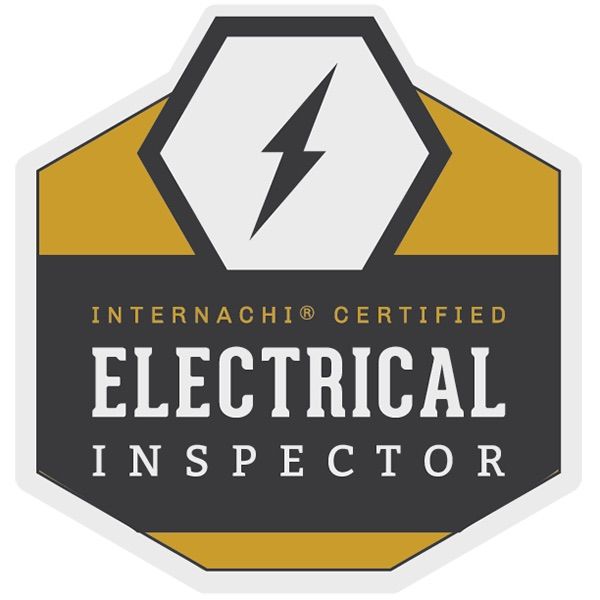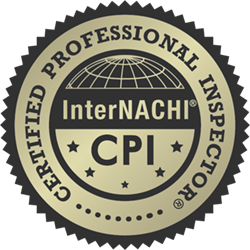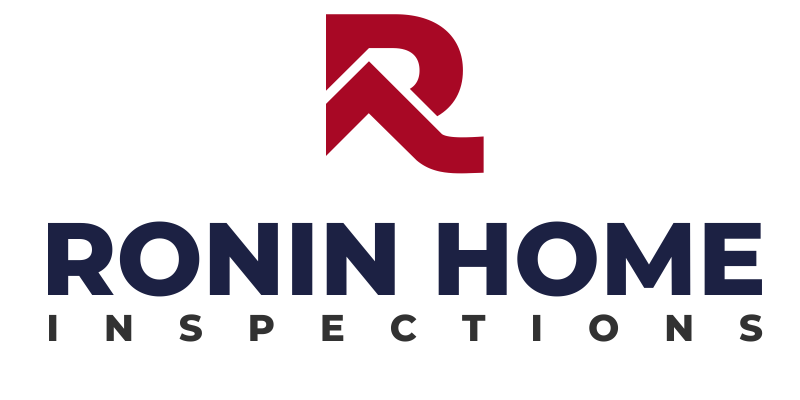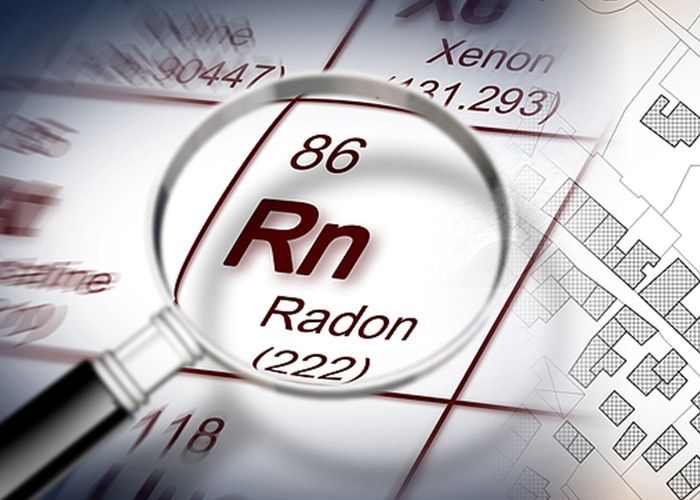Electrical Safety Inspection
Electrical Inspection
Electric home safety inspections play a crucial role in safeguarding any household. As per the National Fire Protection Agency (NFPA), an average of 44,880 house fires were the result of electrical failure or malfunction annually during the period 2012-2016. These incidents made electrical failures or malfunctions the second most common cause of home fires, responsible for 13% of residential blazes. To mitigate the safety risks associated with electrical failures, it is advisable to arrange an electrical safety inspection for your residence.



ELECTRICAL INSPECTION
With Inspection - $Included
Without Inspection - $150
What Does an Electrical Inspector Look For?
Here’s a breakdown of our electrical inspection checklist:
- Circuits: It is essential that all circuits are correctly grounded and equipped with appropriate gauge wire to manage the electrical load. Certain devices, like garbage disposals and dishwashers, may necessitate dedicated circuits.
- GFCI and AFCI: GFCI outlets, also known as ground-fault circuit interrupter outlets, must be installed in outdoor areas, below ground, or within six feet of water sources, such as above sinks. Furthermore, modern homes and renovated properties typically incorporate AFCI breakers (arc-fault circuit interrupter breakers) in most circuits. It is essential for an electrical inspector to verify compliance with these regulations..
- Electrical boxes: Ensure that your electrical boxes are spacious enough to accommodate the required wire conductors and are mounted flush against the wall.
- Box heights: Placing electrical panels, receptacles, and switches at an appropriate and safe height is crucial. Ideally, outlets should be situated no less than 15 inches above the floor, while switches should be positioned no lower than 48 inches from the floor. Exceptions may apply for structures that need to be accessible.
- Cables and wires: An electrician will confirm the correct clamping and arrangement of cables inside their electrical boxes. A skilled professional will also verify that the wire gauge matches the amperage of the circuit.
- Cable anchors: Proper installation and secure fastening of cables are essential to prevent any risk of loosening. Secure the cables to wall studs using staples, making sure they are within eight inches of an electrical box and repeating this process every four feet. Furthermore, safeguard the wall studs with a covering plate to prevent any damage to the wires inside the walls from screws or nails.
- Wire labels: It is advisable to mark all wires within an electrical box with the circuit number and amperage. Although not obligatory in certain codes, adopting this habit can potentially result in time and cost savings for both you and your professional.
- Surge protection: Isolated ground receptacles serve as a protective shield against interference and power fluctuations that could potentially harm valuable and delicate electronics such as stereos and televisions. It is highly recommended to consider the installation of a whole-house surge protector as an added measure of protection.
How Often Should You Get an Electrical Inspection?
To ensure your home complies with regulations and that all electrical systems are functioning properly, reach out to us for an inspection every three to five years. For homes aged 25 years or older, consider more frequent inspections, approximately every two to three years.
Contact Ronin Home Inspections at (517) 318-1742 today to have a Electrical Inspection completed.
radon is the #1 killer amoung non-smokers
According to EPA estimates, radon is the second leading cause of lung cancer, resulting in about 21,000 deaths each year. Among these fatalities,
approximately 2,900 are non-smokers.
Add-On Inspection Services
In addition to your general home inspection, we offer these detailed inspections:







